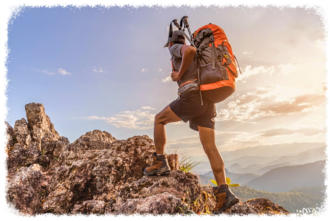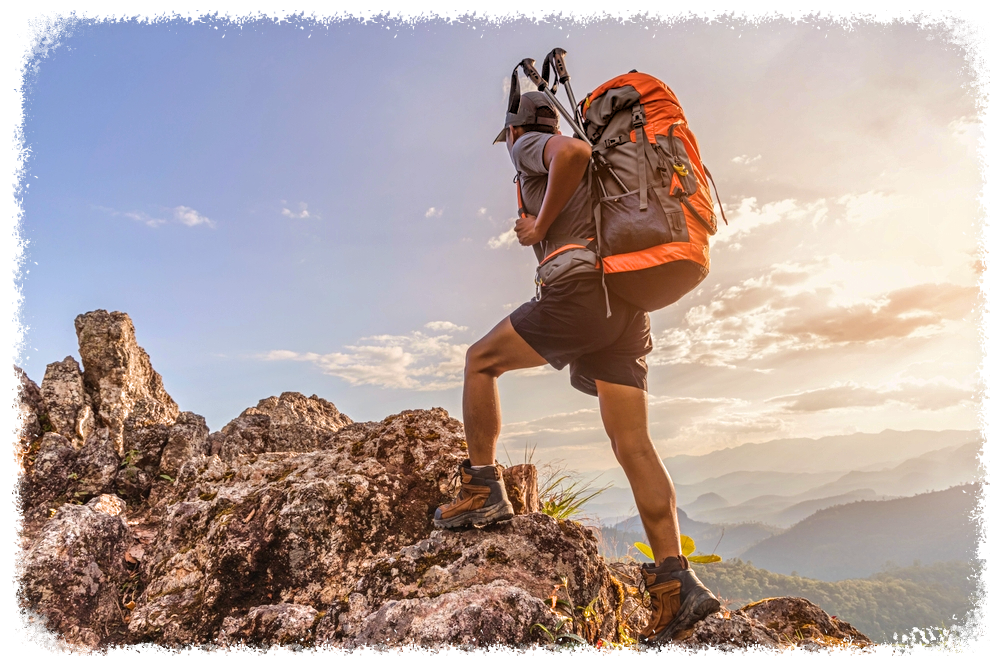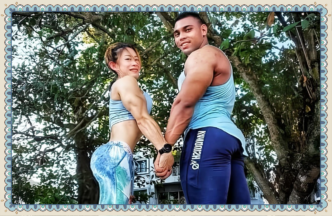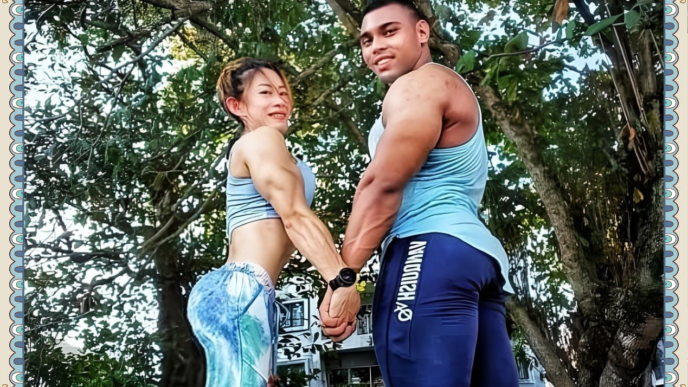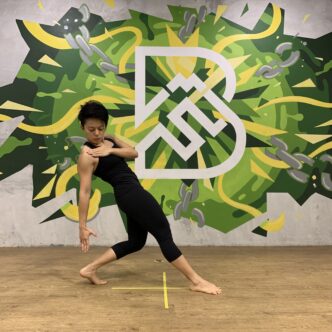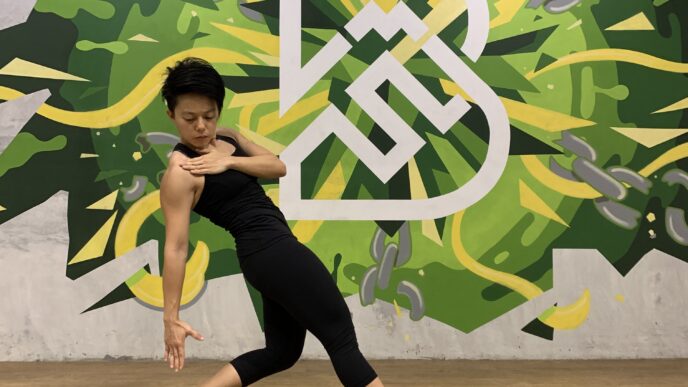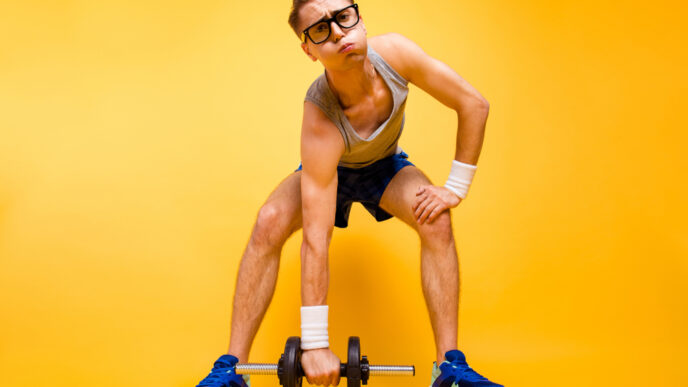WORDS WAI HOONG
 FEATURED EXPERT FEATURED EXPERTWAI HOONG Personal Trainer linktr.ee/waihoong |
WHAT’S THE RUCKUS ABOUT RUCKING?
Rucking is simply a form of physical activity which involves walking or hiking with a loaded backpack over varying distances and terrains.
The added weight you are carrying will turn a simple walk into a functional strength-building exercise.
IT’S EASY TO DO
Simply add sandbags or any other weighted objects in a rucksack or backpack, and there you have it: a form of workout that you can do anywhere.
You can hold the weighted rucksack or backpack at your side, sling it over your shoulder, or hold it in a bear hug.
WHY ‘RUCK’ THE BOAT?
Humans have been rucking since the caveman days, when we had to carry relatively heavy things (or dinner) over long distances.
It also has its roots stemmed in military training, where the navy would train carrying their backpack and rifle over various obstacles.
Rucking essentially gives modern people an access to the numerous benefits of walking with weights as well as being outdoors in nature.
It’s hard to think of a fitness activity which is any wilder than rucking!
YOU ROCK IF YOU RUCK!
|
5 FUN TIPS TO RUCK YOUR WORLD
#1 Pace Yourself
- New to rucking? You should start off with just a 3 km- to 8 km-walk first before moving on to carrying 6 to 10 kg of weight. Give yourself 30 to 60 minutes of rucking time, 2 to 3 times a week.
- Gradually progress by increasing the distance, terrain elevation, or weight you’re carrying.
- Note that rucking for longer hours may require some meal planning as well as having a first aid kit on you (place it in the backpack or rucksack) for safety purposes.
#2 Bring Other Fitness Gear with You
- Consider packing along with you a suspension trainer and a pair of kettlebells.
- These are portable and don’t take too much space.
- Read tip 4 to find out why these fitness gears can be useful.
#3 Go Touch Grass
- Rucking outdoors also allows you to connect you with nature.
- This is a good way to reduce your stress levels, improve your mood, and enhance your cognitive function.
#4 Mix It Up
- Personally, I enjoy going on a hike and mix things up with slow jogging on flat surfaces as well as anchoring my suspension trainer over a sturdy tree for a total body resistance training.
- The fun part is that you can mix it up depending on how you feel on that day.
#5 Hang On!
- Hang onto a chin-up bar and perform pull-ups or get down onto the ground for some push-ups.
| Looking for Pals that Ruck? Go to @mrwai_ig on Instagram to join my RUCK TRIBE. Link opens in a new tab. |
| This article is part of our series on tips and advice for leading a healthy lifestyle. |

